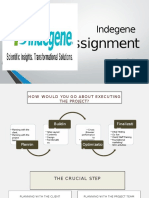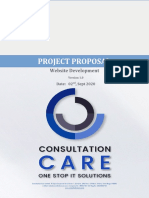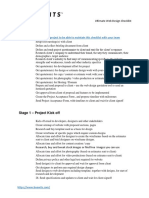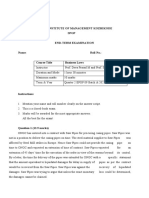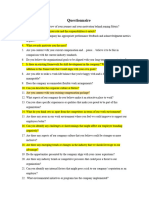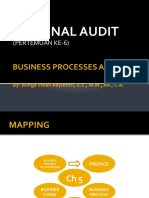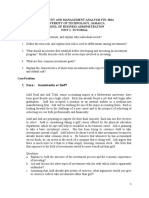0% found this document useful (0 votes)
12 views28 pagesWBDV Midterm
The document outlines the roles and responsibilities of a website development team, emphasizing the importance of collaboration among various roles such as project managers, designers, and developers. It also describes the web development process, including phases like conceptualization, analysis, design, production, testing, launch, maintenance, and evaluation. Additionally, it covers e-commerce fundamentals, advantages, risks, business models, and security measures, including encryption and SSL protocols.
Uploaded by
Jayvee MarceloCopyright
© © All Rights Reserved
We take content rights seriously. If you suspect this is your content, claim it here.
Available Formats
Download as DOCX, PDF, TXT or read online on Scribd
0% found this document useful (0 votes)
12 views28 pagesWBDV Midterm
The document outlines the roles and responsibilities of a website development team, emphasizing the importance of collaboration among various roles such as project managers, designers, and developers. It also describes the web development process, including phases like conceptualization, analysis, design, production, testing, launch, maintenance, and evaluation. Additionally, it covers e-commerce fundamentals, advantages, risks, business models, and security measures, including encryption and SSL protocols.
Uploaded by
Jayvee MarceloCopyright
© © All Rights Reserved
We take content rights seriously. If you suspect this is your content, claim it here.
Available Formats
Download as DOCX, PDF, TXT or read online on Scribd
/ 28

